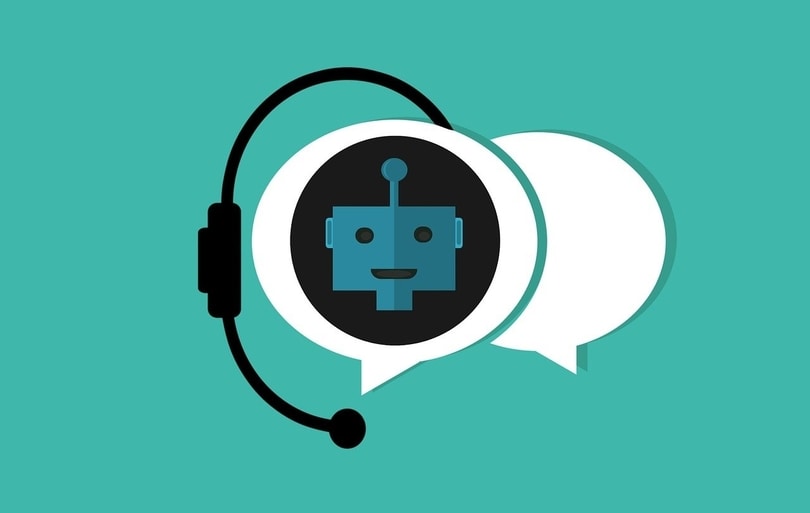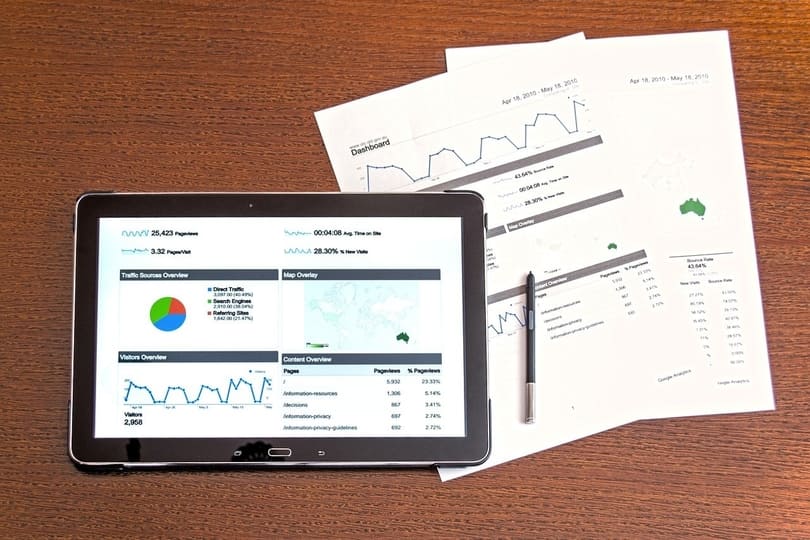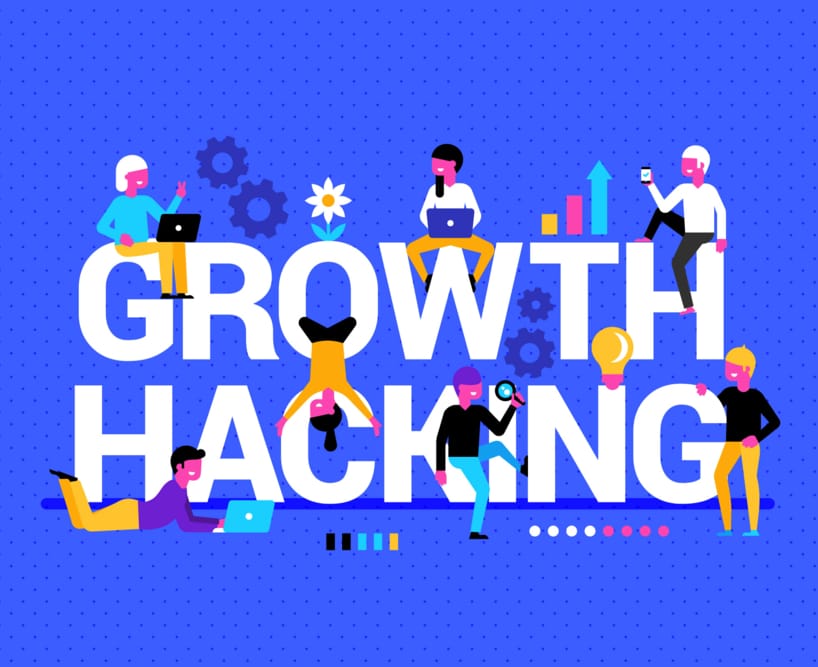Growth hacking is every marketer/entrepreneur's holy grail. In fact, most startups and small businesses swear by it, without even understanding what a step-by-step growth hacking strategy truly entails. So what is growth hacking? First coined by Sean Ellis in 2010, growth hacking makes use of non-traditional marketing strategies, processes, and mindsets to achieve startling growth in revenues, sales, as well as customer satisfaction and retention. Simply put, growth hackers are not marketers; they're different in their approach and style. As Sean says: “A growth hacker is a person whose true north is growth.” With a singular focus on growth and only growth, they invent tools, engage in analytics, and benchmark best-practices to help achieve their end-goal. In this blog, we will look at the top 5 growth hacking tactics with which your company can boost your B2B sales. Are you pumped yet?

5 Growth Hacking Tactics That Can Skyrocket Your B2B Sales
1. Use the Co-Browsing Feature to Onboard Prospects
"An increased focus on onboarding offers a significant or moderate positive impact over the life of the contract for revenue, client renewals, and client referrals." - Harvard Business Review Predominantly, there are five growth hacking funnel stages—acquisition, activation, retention, referral, and revenue, that you should be aware of. This first strategy caters to the 'Acquisition' stage. The end-goal at this stage is to convert a potential lead into an active user by making the onboarding process seamless, guided, friction-free, and quick. This makes sense as users require the most amount of information as well as guidance in the onboarding stage. One way to do this is by offering the co-browsing feature, which allows customers and agents to literally get on the same page so that the latter can provide real-time, personalised feedback to the customer's issues. Basically, your agents can take over your customer’s webpage (with the customer’s permission of course) and guide users (if they're stuck during their onboarding journey) through useful visual clues. What's more, this feature can be used instantly (without any downloads) and adds real value and meaning to the user experience. As you can imagine, the co-browsing feature greatly enhances the overall customer experience by adding a (virtual) human touch, and in the process, reduces the time to conversion.2. Invest in Chatbots for a Personalized Experience
There’s no doubt that customers today want solutions, suggestions, and experiences that are tailor-made and personalized to the t. From offering custom deals to recommending the right products, there's a lot that can be done to boost sales and revenues. So how exactly does a chatbot fit into the picture? For starters, brands can leverage the AI-powered chatbots aka handy virtual agents that are available 24x7x365 for support and assistance. For brands that deal with a more global audience, one of the best ways to embrace chatbot-led personalisation is by offering multi-lingual support. Chatbots offer a list of predefined answers, ensuring that the interaction is quick and effective. That's not all. Chatbots can be used to deliver a host of powerful (and routine) tasks such as scheduling a demo, booking an appointment, collecting a user's contact information such as email address and number, etc.
More importantly, bots can conduct surveys by asking the right questions to help arrive at an accurate buyer persona. These questions could be as wide-ranging as asking the customer about their age, shopping preferences, demographics, buying history, and interests. Plus, bots can empower customers to self-serve by providing instant access to a world of useful resources and assets for the customer: The idea is to offer instant support and educational information while collecting useful data and providing actionable insights on the user's preferences, likes, pain-points, buying journey, habits, etc. This data can then be used to draft effective and impactful marketing campaigns that ring true to every user’s needs.
3. Make Use of Email Drip Campaigns
Emails can be powerful for your customer acquisition strategy. A lot has been spoken about the importance of retaining customers rather than acquiring new ones so we won’t get into the statistics. But do you know what’s one of the best ways to engage existing users? By rolling out an effective email drip campaign that allows your user base to extract the maximum value they can from your offering. If you're wondering about what a drip campaign is, keep reading. Drip marketing is a subset of an email marketing strategy. It comprises a series of personalized emails that are triggered to be sent at certain times and dates. To begin with, you'll need to create a rich email list. Remember that you can automate this manually-demanding process by making use of email marketing tools like MailChimp to push customer retention emails. These personalized emails can be set based on targeted user behavior and specific events. For instance, Netflix' win-back drip campaign targets loyal users, who at some point, stopped engaging with the streaming brand. On their email, the CTA button (Restart Membership) stands out owing to its design, font, and colour. While you might be wondering about what's so special about Netflix's email, here's the catch. Over the next few months, the brand routinely rolls out emails about trending movies and TV series that the customer is going to miss if they decide to cancel their membership, in addition to recommending 'Top Picks' for the customer. This re-engagement tactic works wonders to reel the existing users back to base. Agree? Finally, the brand sends out a targeted email by demonstrating how much fun the user had while using Netflix' services and throws in a 'sweet deal' to win-back customers: The beauty of email drip campaigns lies in its simplicity, personalization, and cohesiveness. When sending email sequences to your subscribers, you don't want to be too salesy. You want to provide value, share interesting facts and trends with them. Building rapport is one of the critical components of a successful marketing campaign. Users want brands to make them feel valued and offer meaningful experiences that can be achieved with this hack (as Netflix so rightly demonstrates).4. Invest in AI to Perform Predictive Analytics
The smart AI tools of today can help you analyze how your brand will fare in terms of the future sales numbers (based on past performance) as well as help manage marketing campaigns that are data-driven. Plus, you can also predict whether customers are going to jump ship or continue engaging with the brand. This is where AI-powered predictive analytics truly shines. By offering deep and updated analytics into user behavior and preferences, brands can work towards building a customer retention strategy for at-risk customers that truly addresses the customer's pain points and thereby reduces attrition rates. Additionally, you can also monitor and test your advertising campaigns by assessing the efficacy of the messaging, content, visuals, and style. Furthermore, AI tools help engage in customer sentiment analysis so that you can truly understand how your customers feel about your brand in real-time. Here's the long and short of it: Your B2B brand deals with customers day-in-day-out. Naturally, the interactions hold invaluable data that needs to be unearthed and analyzed so that you can iterate your offerings more towards your user's liking.




